Filter by

Gurus and Oracles: The Marketing of Information
An examination of the information industry, from Reuters to Facebook, and the special characteristics of information and knowledge markets. We live in an “Information Age” of overabundant data and lightning-fast transmission. Yet although information and knowledge represent key factors in most economic decisions, we often forget that data, information, and knowledge are products created …
- Edition
- -
- ISBN/ISSN
- 9780262301176
- Collation
- -
- Series Title
- -
- Call Number
- -

The dramatic works of Moliere : rendered into English by Henri Van Laun ; ill…
I THINK it will be generally admitted that Moliere is the greatest comic poet France has produced, and that he is equal, if not superior, to any writer of charactercomedies on the ancient or modern stage. His plays may be divided into six classes or groups : First, the small dramatic poems or pastorals, such as Psyche, Ics Amants magnifiques, la Princesse d 'Elide, Ics FacJieux, Melicerte, la P…
- Edition
- -
- ISBN/ISSN
- 718874621
- Collation
- cdl; americana
- Series Title
- -
- Call Number
- srlf_ucla:LAGE-2475698
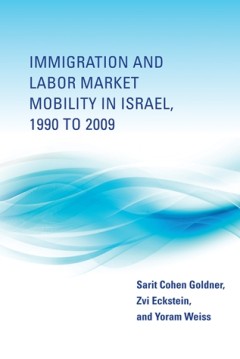
Immigration and Labor Market Mobility in Israel, 1990 to 2009
A study of the labor market integration of highly skilled Soviet immigrants to Israel that formulates dynamic models of job search and human capital investment.OCLC-licensed vendor bibliographic record.
- Edition
- -
- ISBN/ISSN
- 9780262305211
- Collation
- 1 online resource (xiv, 306 pages) :illustrations
- Series Title
- -
- Call Number
- -
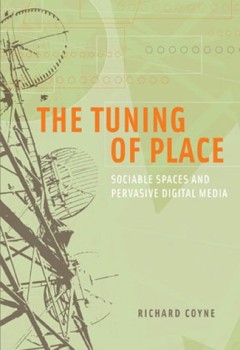
The Tuning of Place: Sociable Spaces and Pervasive Digital Media
- Edition
- -
- ISBN/ISSN
- 9780262265928
- Collation
- -
- Series Title
- -
- Call Number
- -
- Edition
- -
- ISBN/ISSN
- 9780262265928
- Collation
- -
- Series Title
- -
- Call Number
- -

Workflow Patterns: The Definitive Guide
A comprehensive guide to well-known workflow patterns: recurrent, generic business process constructs, described from the control-flow, data, and resource perspectives.The study of business processes has emerged as a highly effective approach to coordinating an organization's complex service- and knowledge-based activities. The growing field of business process management (BPM) focuses on metho…
- Edition
- -
- ISBN/ISSN
- 9780262329408
- Collation
- 1 online resource (384 pages).
- Series Title
- -
- Call Number
- -
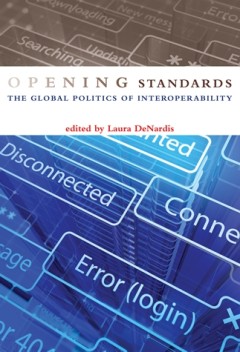
Opening Standards: The Global Politics of Interoperability
The economic and political stakes in the current heated debates over "openness" and open standards in the Internet's architecture.OCLC-licensed vendor bibliographic record.
- Edition
- -
- ISBN/ISSN
- 9780262298223
- Collation
- 1 online resource (xv, 255 pages).
- Series Title
- -
- Call Number
- -
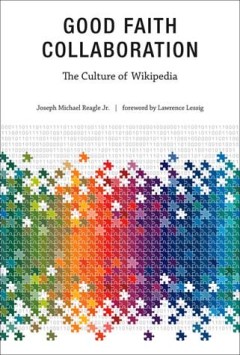
Good Faith Collaboration: The Culture of Wikipedia
Wikipedia, the online encyclopedia, is built by a community - a community of Wikipedians who are expected to "assume good faith" when interacting with one another. In Good Faith Collaboration, Joseph Reagle examines this unique collaborative culture;Wikipedia, says Reagle, is not the first effort to create a freely shared, universal encyclopedia; its early twentieth-century ancestors include Pa…
- Edition
- -
- ISBN/ISSN
- 9780262289719
- Collation
- -
- Series Title
- -
- Call Number
- -
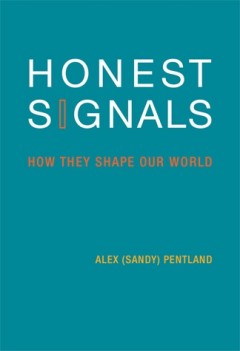
Honest Signals: How They Shape Our World
"A Bradford book."How understanding the signaling within social networks can change the way we make decisions, work with others, and manage organizations.How can you know when someone is bluffing? Paying attention? Genuinely interested? The answer, writes Alex Pentland in Honest Signals, is that subtle patterns in how we interact with other people reveal our attitudes toward them. These unconsc…
- Edition
- -
- ISBN/ISSN
- 9780262281393
- Collation
- 1 online resource (xvii, 184 pages)
- Series Title
- -
- Call Number
- -
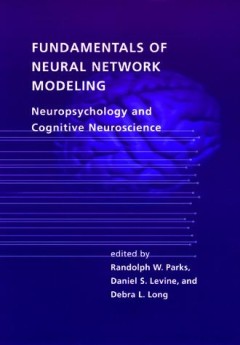
Fundamentals of neural network modeling : neuropsychology and cognitive neuro…
Over the past few years, computer modeling has become more prevalent in the clinical sciences as an alternative to traditional symbol-processing models. This book provides an introduction to the neural network modeling of complex cognitive and neuropsychological processes. It is intended to make the neural network approach accessible to practicing neuropsychologists, psychologists, neurologists…
- Edition
- -
- ISBN/ISSN
- 0585108358
- Collation
- 1 online resource (xiii, 428 pages) : illustrations.
- Series Title
- -
- Call Number
- 001 FUN
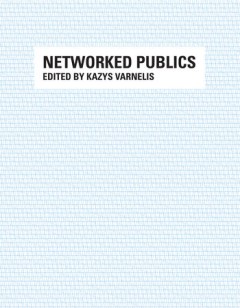
Networked Publics
Looking at how maturing digital media and network technologies are transforming place, culture, politics and infrastructure in our everyday life this book provides a synoptic overview as well as illustrative case studies.;"Digital media and network technologies are now part of everyday life. The Internet has become the backbone of communication, commerce, and media; the ubiquitous mobile phone …
- Edition
- -
- ISBN/ISSN
- 9780262285483
- Collation
- -
- Series Title
- -
- Call Number
- -
 Computer Science, Information & General Works
Computer Science, Information & General Works  Philosophy & Psychology
Philosophy & Psychology  Religion
Religion  Social Sciences
Social Sciences  Language
Language  Pure Science
Pure Science  Applied Sciences
Applied Sciences  Art & Recreation
Art & Recreation  Literature
Literature  History & Geography
History & Geography